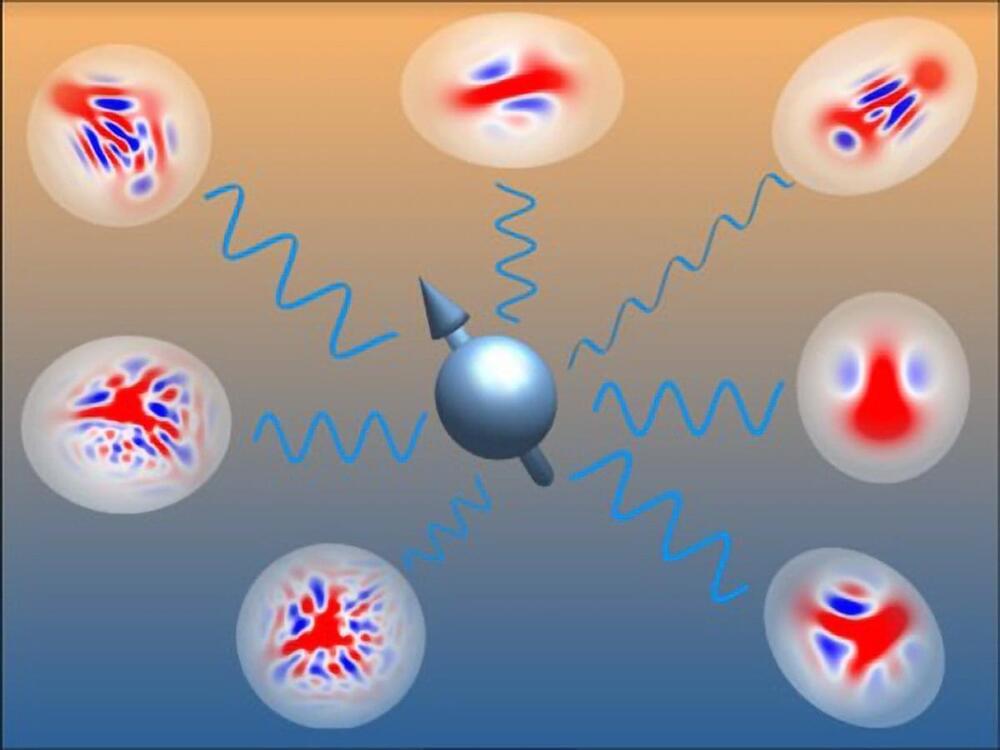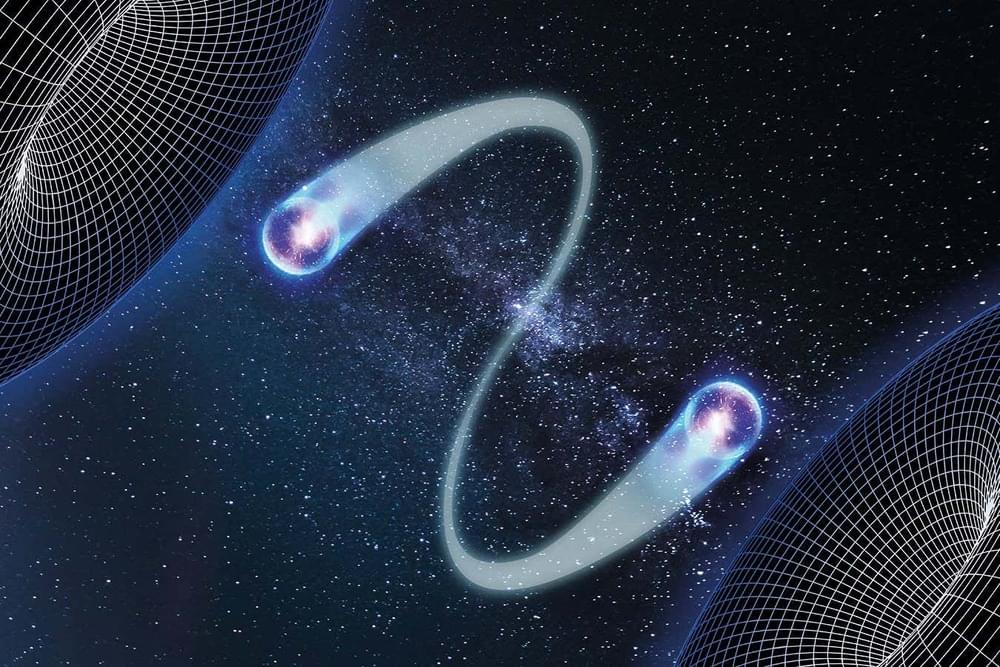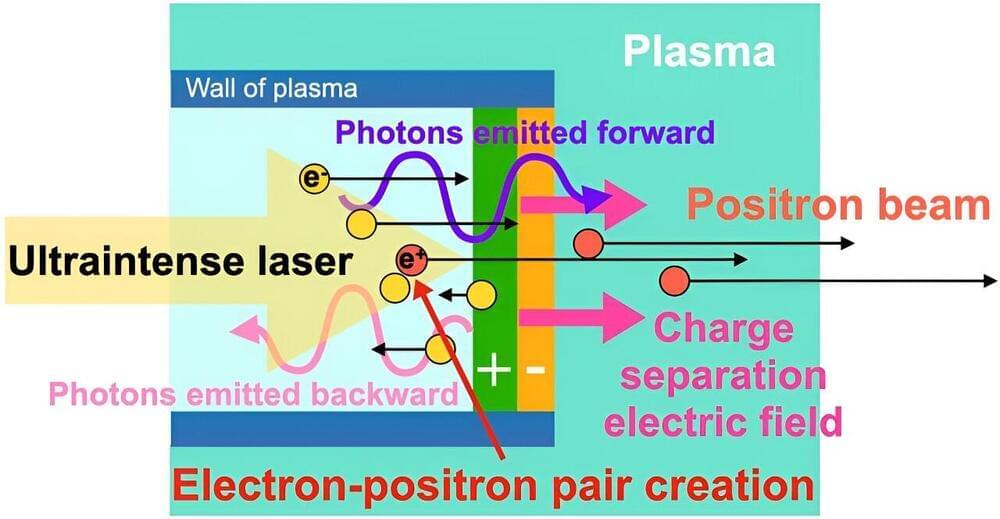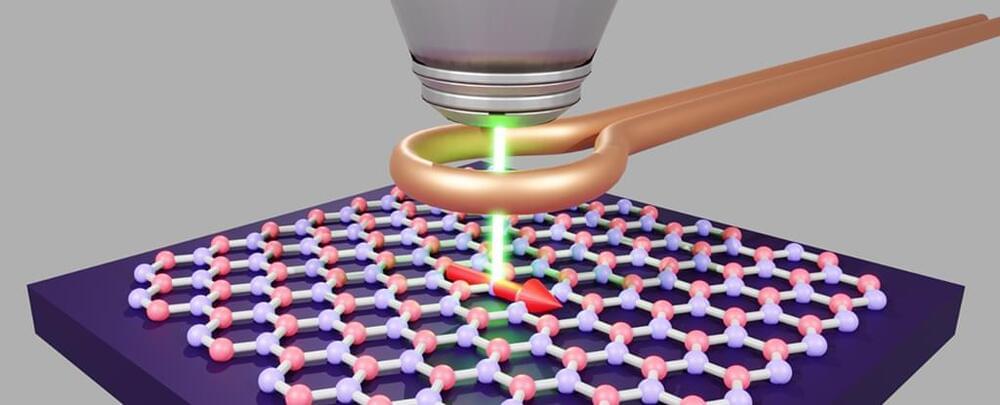Jun 1, 2024
Blueprint of a Quantum Wormhole Teleporter Could Point to Deeper Physics
Posted by Shubham Ghosh Roy in categories: cosmology, particle physics, quantum physics
Transferring information from one location to another without transmitting any particles or energy seems to run counter to everything we’ve learned in the history of physics.
Yet there is some solid reasoning that this ‘counterfactual communication’ might not only be plausible, but depending on how it works could reveal fundamental aspects of reality that have so far been hidden from view.
Counterfactual physics isn’t a new thing in itself, describing a way of deducing activity by an absence of something. In one sense, it’s pretty straight forward. If your dog barks at strangers, and you hear silence when the front door opens, you’ve received information that says a familiar person has entered your house in spite of the absence of sound.

















